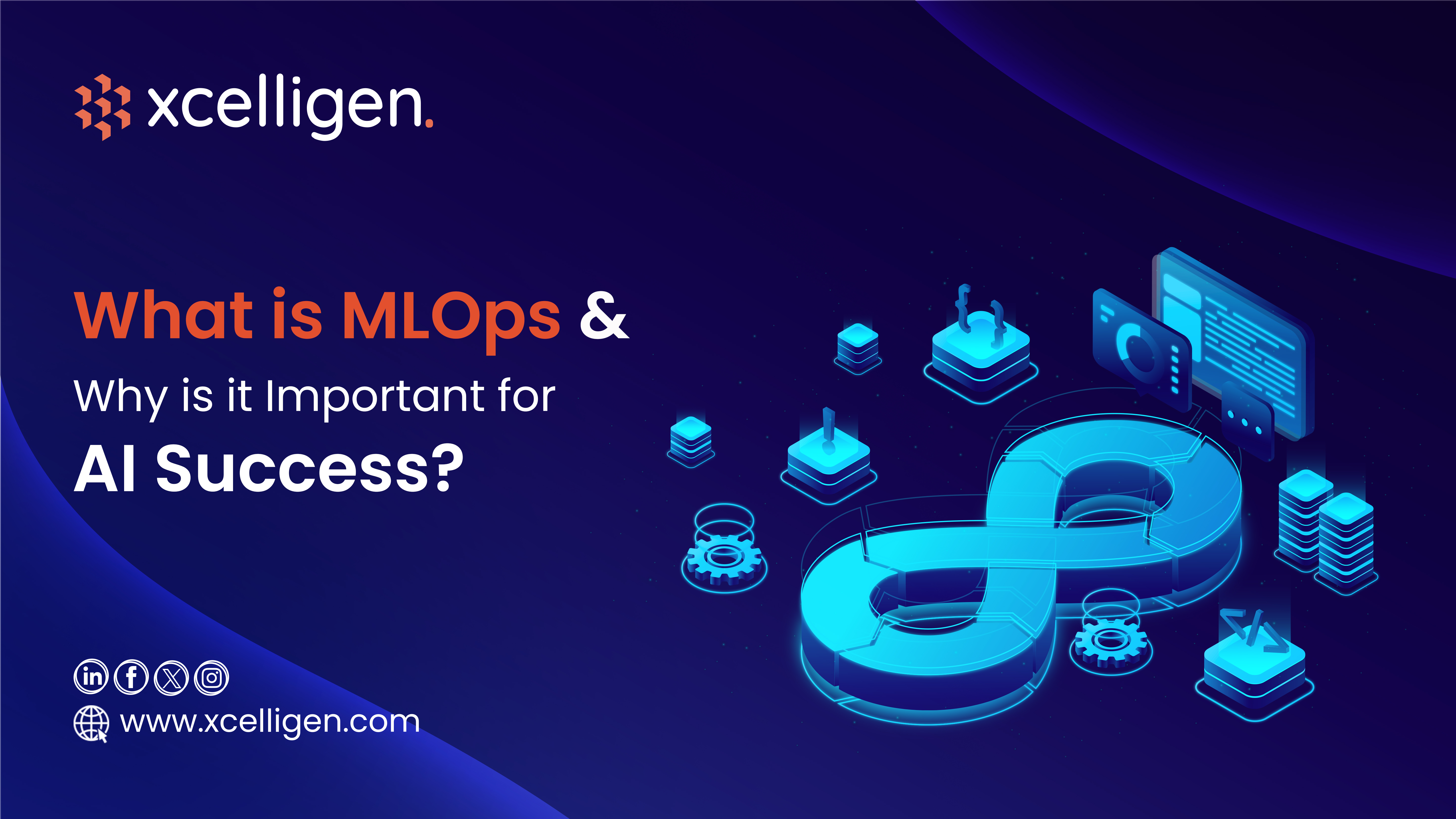What is MLOps and Why is it Important for AI Success?

Strong 8k brings an ultra-HD IPTV experience to your living room and your pocket.
As artificial intelligence continues to evolve from experimental prototypes to real-world business applications, organizations face a critical challenge: scaling machine learning (ML) models efficiently, reliably, and securely. That’s where MLOps,short for Machine Learning Operations,enters the equation.
MLOps is not just another buzzword. It is a foundational framework that enables organizations to move from sporadic AI experimentation to scalable AI solutions that deliver real business impact. Let’s explore what MLOps is, why it’s vital for AI success, and how to implement it effectively.
What is MLOps?
MLOps refers to a set of practices, tools, and technologies that unify ML system development (Dev) and ML system operations (Ops). Inspired by DevOps, MLOps focuses on managing the ML lifecycle,from data preparation and model training to deployment, monitoring, and retraining.
At its core, MLOps aims to automate and streamline ML lifecycle management by integrating version control, continuous integration and delivery (CI/CD), model validation, and performance tracking.
MLOps vs Traditional ML Development
Unlike traditional machine learning workflows, where data scientists manually experiment and deploy models, MLOps introduces repeatability, traceability, and automation. This minimizes errors, reduces operational bottlenecks, and ensures that ML models remain relevant and functional in production environments.
Why is MLOps Important for AI Success?
1. Bridging the Gap Between Development and Deployment
One of the biggest roadblocks in AI adoption is the disconnect between data science teams that build models and engineering teams responsible for deploying them. MLOps provides a structured bridge, aligning both sides through shared tools, versioning systems, and automation pipelines.
2. Scalability and Reliability
As organizations transition from pilot ML projects to enterprise-wide AI systems, the need for scalable AI solutions becomes evident. MLOps supports this scale by ensuring that models can be deployed across diverse environments,on-premises, in the cloud, or using hybrid MLOps infrastructure,while maintaining performance, reliability, and compliance.
3. Improved Governance and Compliance
With increasing concerns around data privacy and AI bias, organizations must maintain audit trails of datasets, model versions, and decision logic. MLOps enforces robust documentation and monitoring, enhancing transparency and accountability across the ML lifecycle.
Key Components of MLOps Technology
Implementing MLOps involves several layers of infrastructure and tooling. Here are some critical components:
Data Versioning Tools (e.g., DVC, LakeFS): Track changes in datasets and ensure reproducibility.
Model Registry (e.g., MLflow, SageMaker): Store and manage model versions with metadata and performance metrics.
CI/CD Pipelines (e.g., GitHub Actions, Jenkins): Automate model training, validation, and deployment.
Monitoring Systems (e.g., Prometheus, Evidently AI): Continuously evaluate model performance in production.
Cloud Computing Companies (e.g., AWS, Azure, GCP): Offer integrated platforms to manage the complete MLOps lifecycle.
These technologies help standardize and automate every phase of ML development, minimizing manual intervention and operational risk.
Best Practices for Implementing MLOps
Building an effective MLOps strategy requires thoughtful planning and cross-functional collaboration. Here are some MLOps best practices to guide your implementation:
1. Start with a Clear Use Case
Before investing in tools and infrastructure, identify high-impact use cases that justify the effort. Align business stakeholders, data scientists, and engineers from the start.
2. Establish Reproducibility
Ensure that every model is trained on version-controlled data with documented parameters. This not only enables collaboration but also simplifies debugging and auditing.
3. Automate the ML Lifecycle
From data ingestion to deployment and monitoring, automate as many steps as possible using pipelines. This increases speed, reduces errors, and allows for rapid iterations.
4. Monitor Models in Production
Just because a model performs well during training doesn’t guarantee long-term success. Implement performance drift monitoring to detect when models need retraining.
5. Choose the Right Infrastructure
Depending on your needs, you may adopt a cloud-native approach or opt for a hybrid MLOps infrastructure. Hybrid models are especially useful for industries with data sovereignty or latency constraints.
Benefits of MLOps for Business AI Applications
MLOps isn't just about technical efficiency—it delivers strategic advantages for businesses adopting AI:
Faster Time to Market: Automating the deployment pipeline accelerates the journey from model development to production.
Reduced Operational Costs: Streamlined processes cut down on manual intervention and infrastructure waste.
Higher Model Accuracy and Uptime: Continuous monitoring and retraining ensure models remain accurate and relevant.
Better Collaboration: MLOps breaks silos between data teams and IT, promoting shared ownership and accountability.
In short, the benefits of MLOps for business AI applications go far beyond operational gains,they help businesses drive innovation, customer engagement, and profitability with AI.
Real-World Example: Retail Demand Forecasting
Consider a retail company using AI to forecast product demand across multiple stores. Initially, data scientists create a robust forecasting model using historical sales data. But without MLOps, deploying this model across hundreds of locations, updating it with new data, and monitoring its performance becomes a logistical nightmare.
By adopting MLOps, the company automates data ingestion, model retraining, and deployment pipelines. It can monitor performance metrics in real time and quickly roll back or retrain models if predictions drift. This leads to improved inventory management, reduced stockouts, and a measurable impact on revenue.
The Future of MLOps
As AI matures, MLOps will become a non-negotiable requirement for enterprise AI success. Emerging trends like federated learning, model explainability, and real-time inference will further extend the scope of MLOps technology.
Moreover, cloud computing companies are investing heavily in MLOps platforms to help businesses adopt AI faster. Expect tighter integration between data platforms, model training environments, and production systems—all designed to make MLOps simpler, faster, and more robust.
Final Thoughts
MLOps is not just a technical framework,it’s a business enabler. By adopting best practices for implementing MLOps, organizations can unlock the full potential of AI, from experimentation to enterprise-grade deployment.
In a world where AI innovation is rapidly becoming the differentiator between market leaders and followers, MLOps provides the infrastructure, discipline, and agility needed to succeed.
Note: IndiBlogHub features both user-submitted and editorial content. We do not verify third-party contributions. Read our Disclaimer and Privacy Policyfor details.


